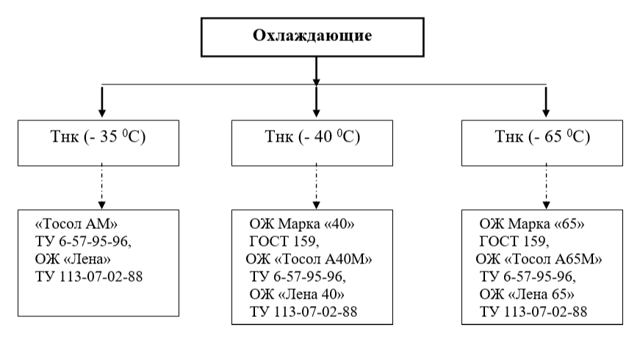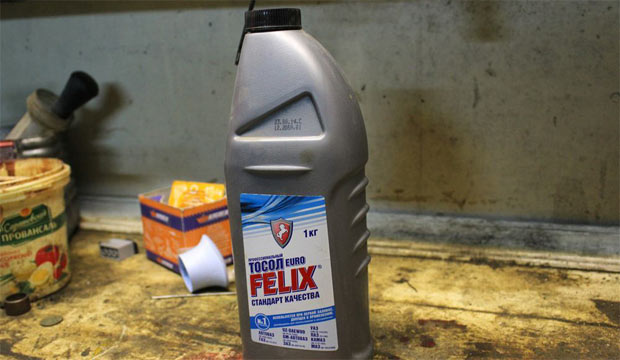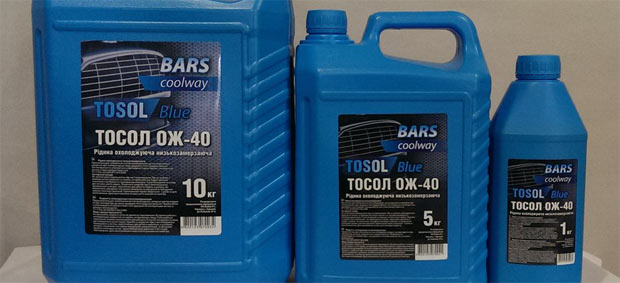
The composition of antifreeze and its properties
Content
General description and properties
The qualitative composition of antifreeze does not differ from foreign analogues. The discrepancies are only in the percentage of components. The coolant base contains distilled or deionized water, ethanediol or propanediol alcohols, anti-corrosion additives and a dye. Additionally, a buffer reagent (sodium hydroxide, benzotriazole) and a defoamer, polymethylsiloxane, are added.
Like other coolants, antifreeze lowers the crystallization temperature of water and minimizes the expansion of ice when it freezes. This prevents damage to the jacket of the engine cooling system in winter. It has lubricating and anti-corrosion properties.


What is included in antifreeze?
Several dozen "recipes" of antifreeze are known - both on inorganic inhibitors and on carboxylate or lobrid analogues. The classic composition of antifreeze is described below, as well as the percentage and role of chemical components.
- Glycols
Monohydric or polyhydric alcohols - ethylene glycol, propanediol, glycerin. When interacting with water, the freezing point of the final solution is lowered, and the boiling point of the liquid is also increased. Content: 25–75%.
- Water
Deionized water is used. Main coolant. Removes heat from heated work surfaces. Percentage - from 10 to 45%.
- Food colors
Antifreeze A-40 is colored blue, which indicates a freezing point (-40 ° C) and a boiling point of 115 ° C. There is also a red analogue with a crystallization point of -65 ° C. Uranine, the sodium salt of fluorescein, is used as a dye. Percentage: less than 0,01%. The purpose of the dye is to visually determine the amount of coolant in the expansion tank, and also serves to determine leaks.


Additives - corrosion inhibitors and defoamers
Due to low cost, inorganic modifiers are usually used. There are also brands of coolants based on organic, silicate and polymer composite inhibitors.
| Additives | Class | Content |
| Nitrites, nitrates, phosphates and sodium borates. Alkali metal silicates
| Inorganic | 0,01-4% |
| Two-, three-basic carboxylic acids and their salts. Usually succinic, adipic and decandioic acids are used. | Organic | 2-6% |
| Silicone polymers, polymethylsiloxane | Polymer composite (lobrid) defoamers | 0,0006-0,02% |


Defoamers are introduced to reduce the foaming of antifreeze. Foaming prevents heat dissipation and creates a risk of contamination of bearings and other structural elements with corrosion products.
The quality of antifreeze and service life
By changing the color of the antifreeze, one can judge the state of the coolant. Fresh antifreeze has a bright blue color. During operation, the liquid acquires a yellowish tint, and then the color disappears completely. This happens due to the degradation of corrosion inhibitors, which signals the need to replace the coolant. In practice, the service life of antifreeze is 2–5 years.


Watch this video on YouTube
